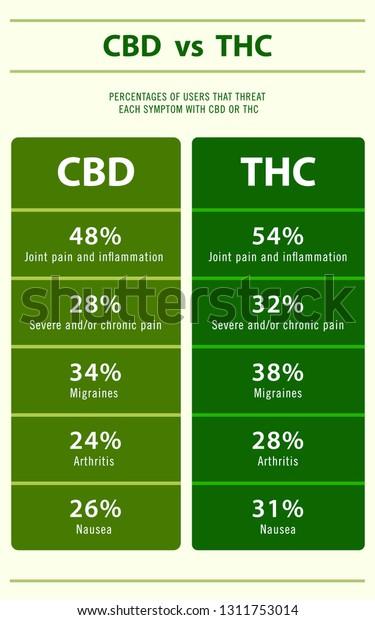In the ever-evolving landscape of cannabis consumption, rosin has emerged as a popular choice for both connoisseurs and casual users alike. Unlike its solvent-based counterparts, rosin is celebrated for its purity and the artisanal method by which it’s extracted, utilizing only heat and pressure to create its waxy, potent form. But as the demand for this concentrated delight grows, so to does the curiosity surrounding its potency-specifically, the question that lingers in many minds: what percentage of THC can you expect from rosin? In this article, we’ll delve into the intricacies of rosin’s THC content, exploring the factors that influence its potency and what that means for your overall cannabis experience. Whether you’re a newcomer eager to learn or a seasoned user seeking deeper insight, join us as we unravel the numbers behind this unique and flavorful concentrate.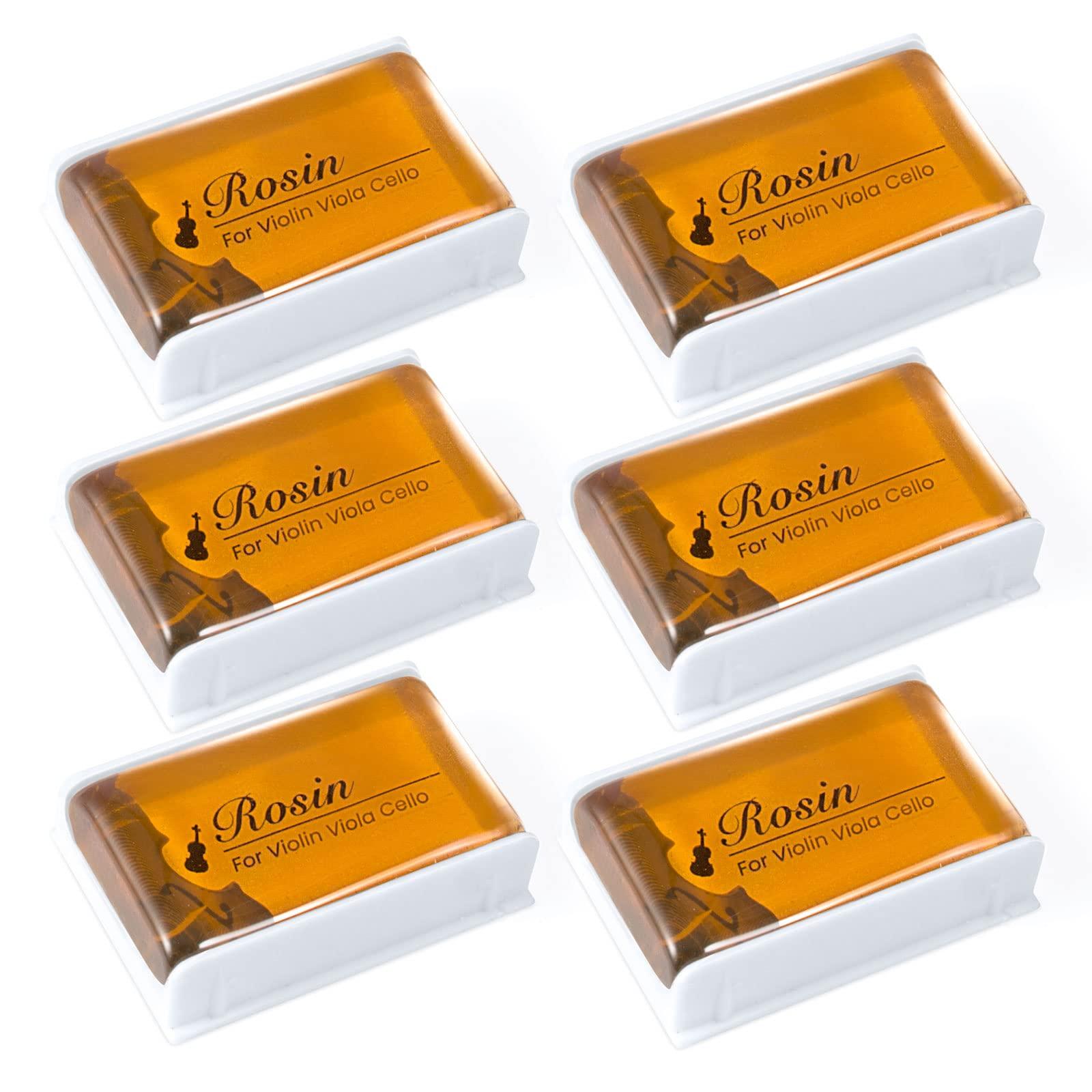
Understanding the Basics of rosin and THC Concentration
Rosin is a cannabis concentrate known for its purity and flavor, achieved through a solventless extraction process. Utilizing heat and pressure, rosin separates the trichomes containing cannabinoids and terpenes from the plant material. this method not only preserves the natural profile of the cannabis but also results in a product that is free from chemical solvents that are frequently enough found in other types of concentrates. As of its distinct extraction process, understanding the THC concentration in rosin is essential for consumers who seek a potent experience without the potential contaminants found in solvent-based extracts.
When it comes to THC concentration, rosin can vary considerably depending on the starting material and the extraction method employed. Typically,rosin can contain anywhere from 50% to over 80% THC. Higher quality starting material, such as premium buds or kief, usually yields a stronger concentration of THC. Conversely, using lower-grade plant material will result in a lower THC content in the final product. Consumers should seek products that have undergone rigorous testing to ensure accurate measurement of THC levels, providing clarity and peace of mind regarding potency.
Hear’s a quick comparison of different cannabis extracts and their typical THC concentrations:
| Type of Extract | Typical THC Concentration |
|---|---|
| Flower | 10% – 30% |
| Hash | 20% – 60% |
| Shatter | 60% – 90% |
| Rosin | 50% – 80% |
Along with THC, rosin also preserves a wide array of terpenes, contributing to its aroma and flavor profile. This makes rosin not just a potent option but one that enhances the overall experience for enthusiasts looking to enjoy the full spectrum of cannabis effects.Understanding the THC content of rosin assists consumers in making informed decisions tailored to their preferences, ensuring a satisfying and enjoyable consumption experience.
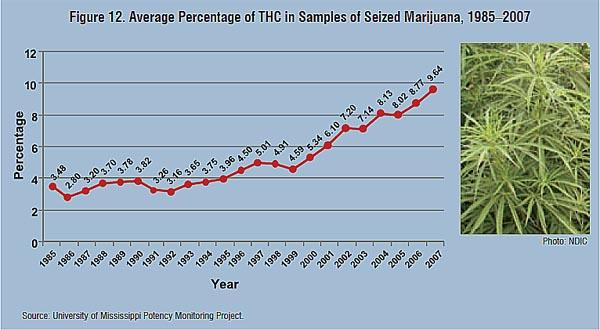
The Extraction Process: How THC Levels are Determined in Rosin
The extraction process of rosin, a popular cannabis concentrate, involves a careful balance of heat and pressure applied to cannabis flowers or hash. This technique allows for the trichomes, which house the cannabinoids like THC, to be extracted efficiently while preserving the integrity of the plant’s terpenes. During this process, the quality of the starting material plays a critical role in determining the final THC levels in the rosin. high-quality, well-cured flower will yield a concentrate with significantly higher THC percentages.
To measure THC levels, laboratories typically employ methods such as gas chromatography or high-performance liquid chromatography (HPLC). These scientific techniques separate and quantify cannabinoids in the sample, enabling accurate analysis of THC content. Factors influencing the THC concentration in rosin include:
- Starting Material Quality: higher potency strains result in more THC.
- Extraction temperature: Excessive heat can degrade THC,while optimal temperatures preserve it.
- Pressure Applied: adequate pressure is crucial for maximizing yield and potency.
To simplify understanding, here’s a quick look at how various factors correlate to the THC levels in rosin:
| factor | Impact on THC Levels |
|---|---|
| Quality of Flower | Higher quality leads to higher THC content |
| Heat | Low heat preserves THC; high heat may degrade it |
| Pressure | Optimal pressure can increase extraction efficiency |

comparing Rosin with Other Concentrates in THC Potency
When it comes to measuring the potency of cannabis concentrates, rosin stands out among various extraction methods, primarily due to its solvent-free nature. This concentrates profile typically boasts a THC percentage that ranges from 60% to 90%. This broad range can be influenced by several factors, including the starting material’s quality, the extraction process, and how well the rosin is processed. Compared to other concentrates, such as butane hash oil (BHO) or CO2 oil, rosin tends to retain more of the plant’s original terpenes, which can amplify the overall experience despite its THC levels.
In contrast to rosin, other cannabis concentrates like BHO often reach higher THC percentages, sometimes exceeding 90%.However, these products typically involve the use of solvents for extraction, which can alter the flavor profile and aroma of the final product. For example, while BHO captures a significant amount of cannabinoids, the residual solvents can compromise the overall purity and safety of the concentrate. In this regard, rosin offers a cleaner alternative without sacrificing potency, providing users with a more natural option that aligns with the growing preference for solventless extracts.
When comparing the various types of concentrates, it’s important to consider not just the potency, but also the method of consumption and desired effects. here’s a simple comparison of the THC potency and extraction methods of various concentrates:
| Concentrate Type | Typical THC % | Extraction Method |
|---|---|---|
| Rosin | 60% – 90% | Heat & Pressure |
| Butane Hash Oil (BHO) | 70% – 95% | Butane Extraction |
| CO2 Oil | 60% – 90% | CO2 Extraction |
| Live Resin | 60% – 85% | BHO (Fresh Plant Material) |
Ultimately, the choice between rosin and other concentrates may boil down to individual preferences for potency and purity.Those seeking a high THC content with minimal processing might lean towards rosin, while others looking for higher concentrations or specific flavor profiles might find their match in BHO or CO2 oil. The world of cannabis concentrates is as diverse as it is evolving, inviting users to explore and discover their personal favorites.
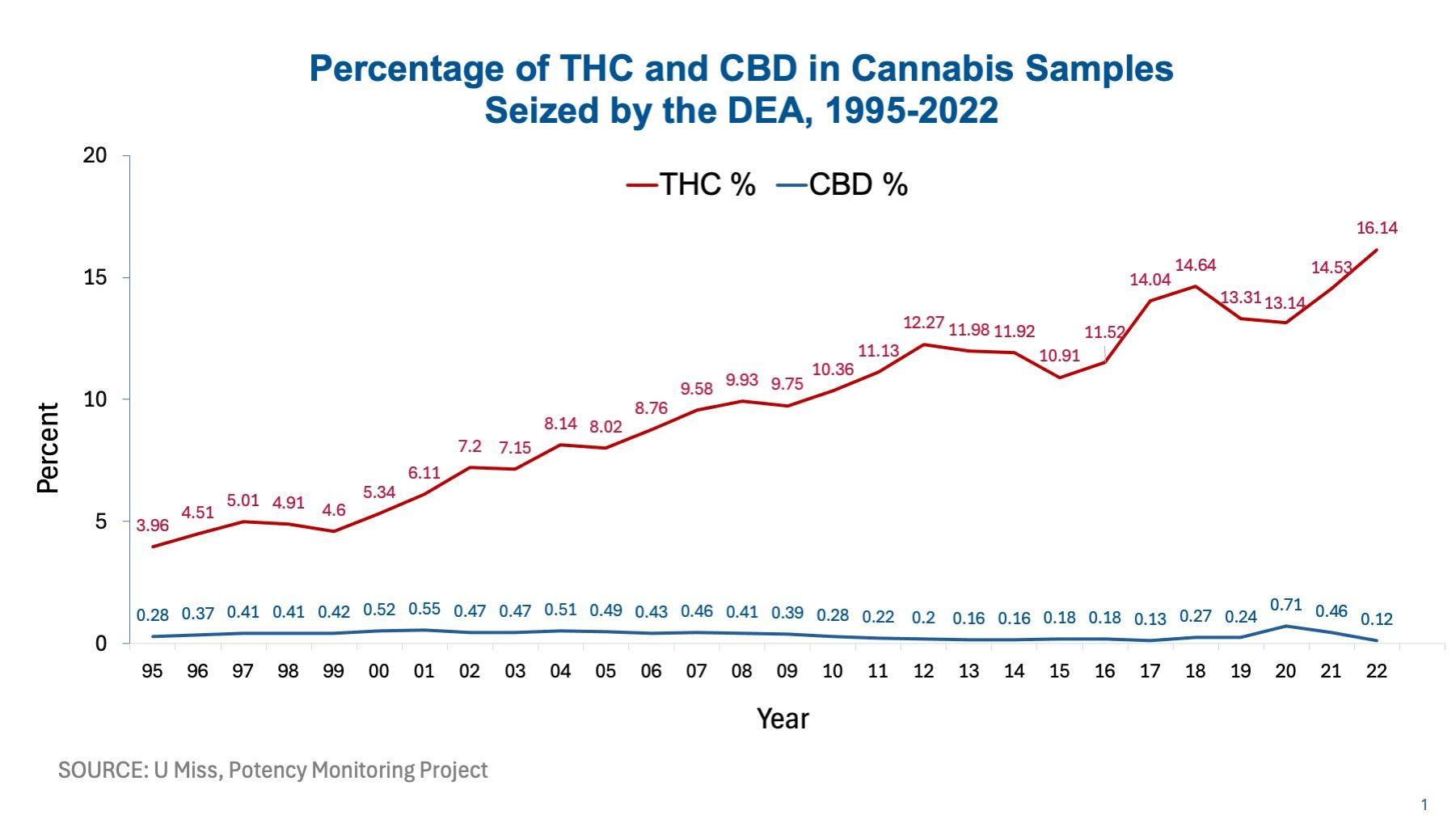
Factors Influencing THC Content in Rosin: Strain and Technique
The level of THC in rosin is primarily determined by the genetic profile of the cannabis strain used. Different strains are cultivated to exhibit varying levels of cannabinoids and terpenes, which play a significant role in the overall potency and flavor of the final product. factors influencing the genetic makeup include:
- Indica vs. Sativa: Indica strains often produce higher THC levels, while Sativa strains may offer a more balanced cannabinoid profile.
- Breeding Techniques: Selective breeding can enhance THC content, leading to super-strains renowned for their high potency.
- Harvest Time: The timing of the harvest affects cannabinoid concentrations, with later-harvested plants typically having more developed THC profiles.
In addition to strain selection, the extraction technique plays a crucial role in determining the THC potency of rosin. Various methods used to extract rosin involve different pressures and temperatures, which can extract varying amounts of cannabinoids. Key aspects of extraction techniques include:
- Heat Application: Higher temperatures can yield a more fluid product but may also degrade some THC, whereas lower temperatures may preserve more cannabinoids but yield a thicker rosin.
- Pressure Levels: The amount of pressure applied during extraction can significantly impact the yield and concentration of THC, with higher pressure frequently enough resulting in more efficient extraction.
- Material Quality: Using high-quality flower or hash will generate a superior end product with heightened THC content compared to lower-quality materials.
To better illustrate the relationship between strain, extraction methods, and THC levels, consider the following table summarizing the effects of different factors:
| Factor | impact on THC Content |
|---|---|
| Strain Type | Varied THC levels, Indicas typically higher |
| Extraction Temperature | High temps may reduce potency |
| Pressure Used | Higher pressure generally increases yield |
| Harvest Timing | late harvest boosts THC levels |
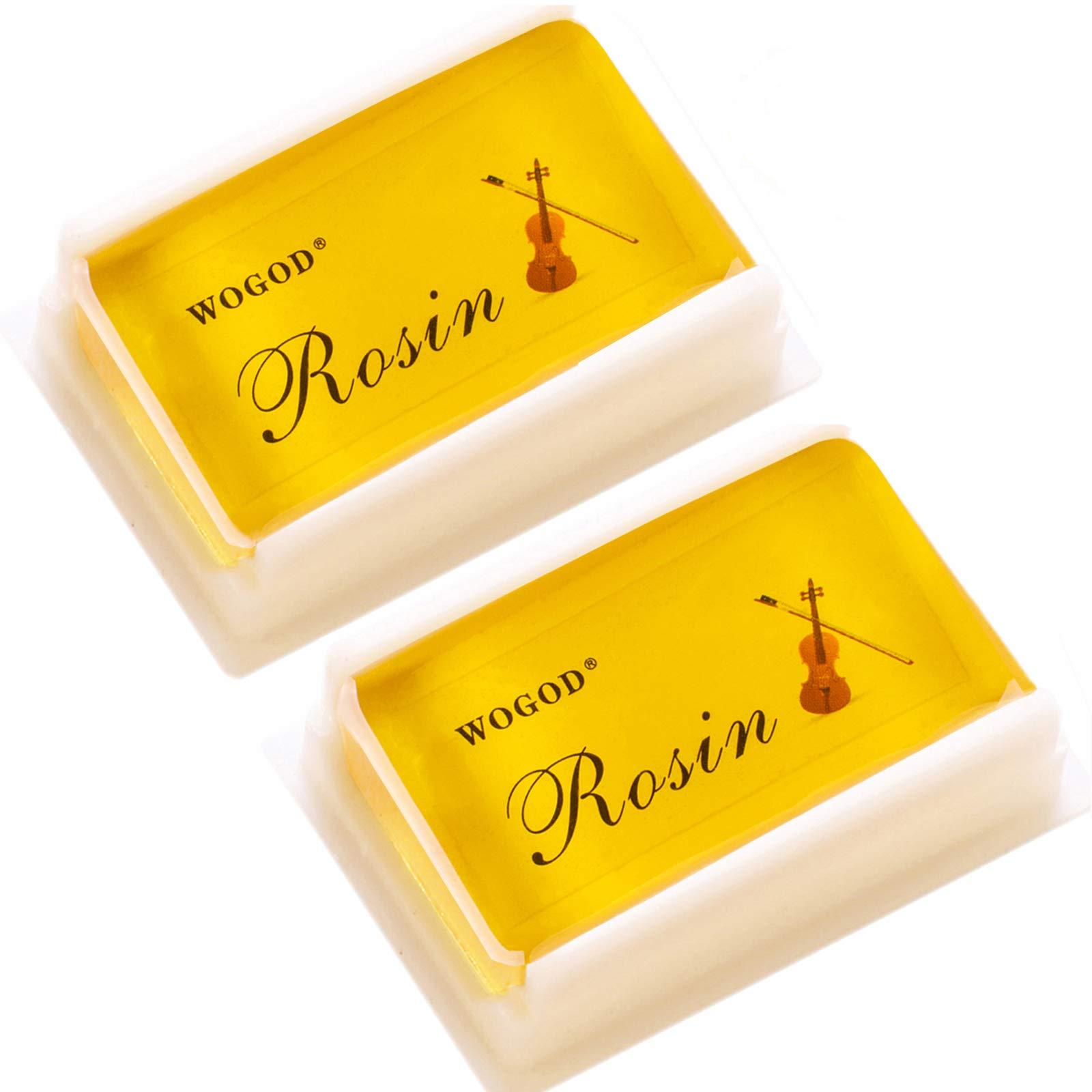
Choosing the Right Rosin: What to look for in THC Percentages
When selecting rosin, THC percentage is a crucial factor to contemplate as it significantly influences the potency and overall experience. Unlike other forms of cannabis concentrates, rosin’s THC content can vary widely based on the source material and extraction process. To make an informed decision, you should consider:
- Strain Type: Indica, sativa, or hybrid strains will exhibit different THC levels.
- Extraction Method: The method of extraction can affect the quality and potency of the final product.
- Batch testing: Look for lab-tested products that provide accurate THC percentages.
Typically, rosin can range from 50% to over 80% THC.Understanding these ranges allows consumers to choose products tailored to their individual preferences and tolerances. Here’s a helpful breakdown:
| THC Percentage | Effect |
|---|---|
| 50% – 60% | Moderate effects; suitable for beginners. |
| 60% - 75% | Strong effects; ideal for experienced users. |
| 75%+ | Very potent; best for those with high tolerance. |
Ultimately, the right THC percentage in rosin hinges on personal preferences and desired effects. It’s advisable to start low and gradually increase consumption to understand how different levels of THC influence your experience. Always opt for reputable brands that clearly indicate THC levels to ensure you’re getting a quality product tailored to your needs.

Maximizing Experience: Recommendations for Consuming Rosin Safely
When consuming rosin, ensuring an enjoyable and safe experience is paramount. Start with a low dosage to understand your body’s response.As rosin can vary significantly in THC concentration, it’s wise to experiment cautiously, especially if you’re new to concentrates. Consider using a reliable scale to measure your dab size, as this will help you control your intake. By practicing moderation, you can avoid potential overconsumption that may lead to discomfort.
Choosing the right consumption method can also enhance your rosin experience. Use high-quality dab rigs or vaporizers designed for concentrates, as they provide a consistent temperature and preserve the flavor profile of the rosin. Be aware of the equipment you choose, as lower-quality options can lead to an off-putting experience. Additionally, ensure that your consumption environment is comfortable and relaxed, as the ambiance can significantly affect how you perceive the effects.
Lastly, prepare for your session by hydrating and snacking beforehand.Keeping well-hydrated can mitigate some negative side effects, such as dry mouth and increased anxiety. Snack on light foods that can definitely help balance out the effects of THC, such as nuts or fruit, to keep your experience pleasant and grounded.Below is a simple table showcasing some recommended snacks to enhance your rosin session:
| Snack | Benefits |
|---|---|
| Almonds | High in healthy fats; helps with satiety |
| Blueberries | Rich in antioxidants; boosts mood |
| Carrots | Low-calorie; crunchy texture is satisfying |
| Rice Cakes | Light and crisp; grate base for spreads |
Future Outlook
understanding the percentage of THC in rosin opens the door to a deeper appreciation of this concentration method. With THC levels typically ranging from 50% to 85%,rosin presents a potent option for both medicinal and recreational users. However,the specific percentage can vary widely based on the original material,extraction techniques,and even the skill of the extractor. As you explore the world of rosin, remember that knowledge is key in selecting the right product for your needs. Whether you’re a seasoned connoisseur or a curious newcomer, the journey through the realms of cannabis concentrates promises to be an enlightening experience. Happy exploring, and may your adventures in rosin lead to good vibes and even better insights!


